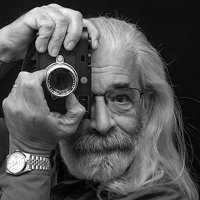The SL-Summicrons
-
Recently Browsing 0 members
- No registered users viewing this page.
-
Similar Content
-
- 7 replies
- 496 views
-
- 33 replies
- 8,470 views
-
- 135 replies
- 43,478 views
-
- 10 replies
- 427 views
-
- 31 replies
- 3,403 views
-





Recommended Posts
Join the conversation
You can post now and register later. If you have an account, sign in now to post with your account.
Note: Your post will require moderator approval before it will be visible.